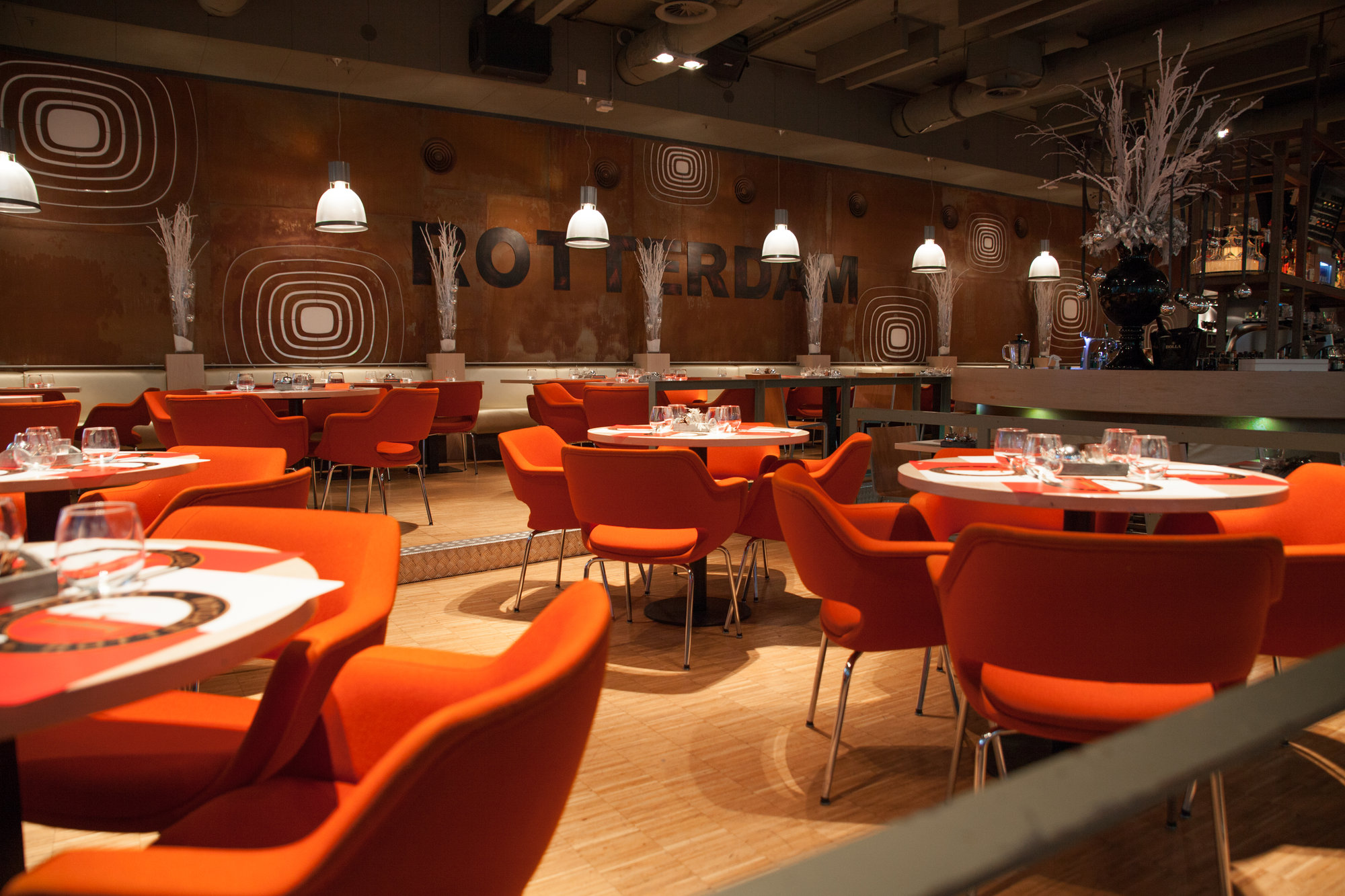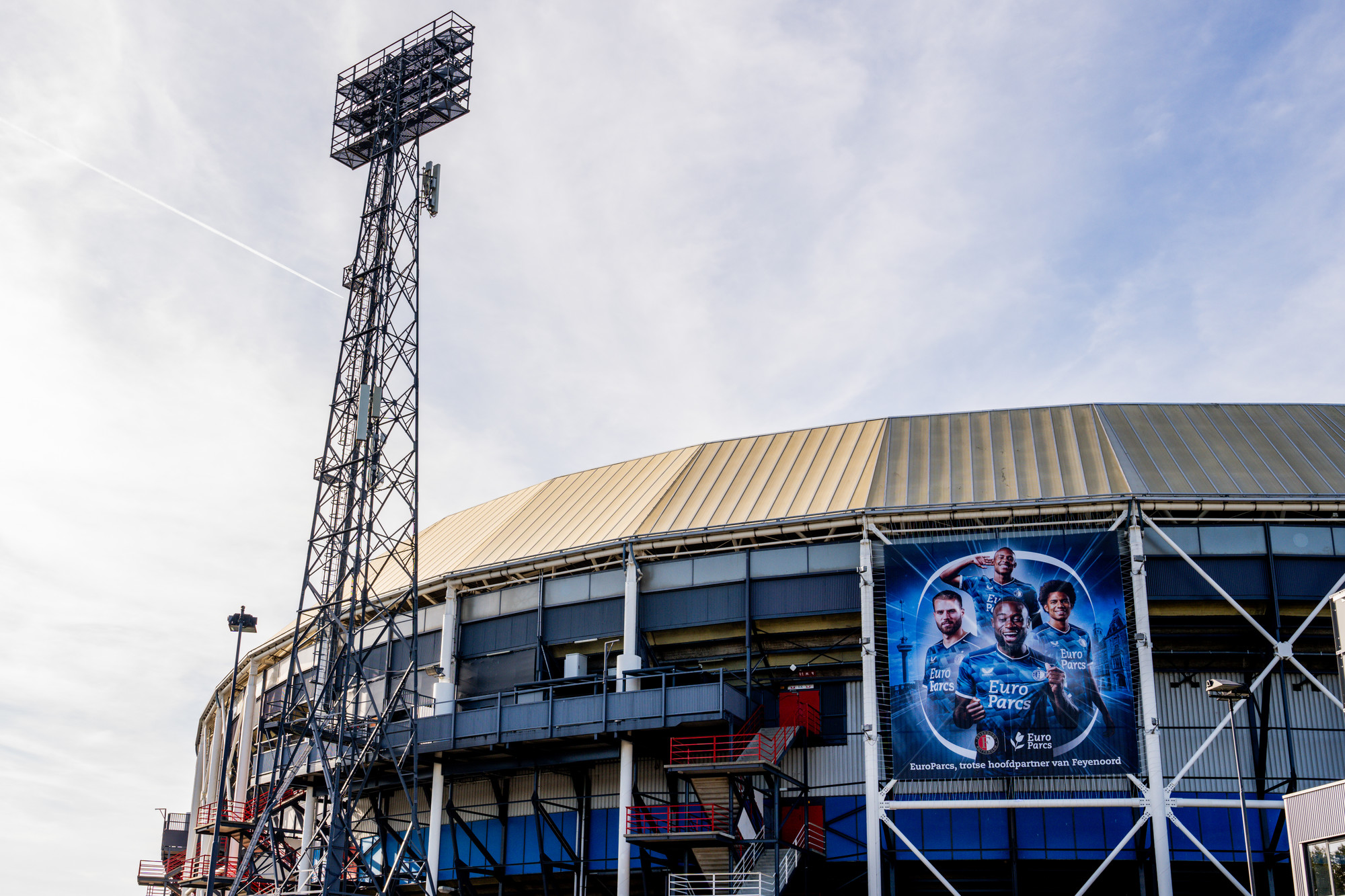About De Kuip (Feyenoord Stadion)
The De Kuip football stadium has been home to Rotterdam s Feyenoord football club since 1937. Leen van Zandvliet, club chairman at the time, hatched the ambitious plan for a 65,000-seater stadium, a revolutionary idea for the Netherlands in those days. Rotterdam architects Brinkman and Van der Vlugt, who designed the Van Nelle Factory, drew up plans for a stadium with two stands, one on top of the other, to keep the crowd close to the pitch. Apart from the steel support structure, the building mostly consists of concrete and glass. With hindsight, this no-nonsense functional architecture was well suited to the deeds-rather-than-words mentality characteristic of Feyenoord.
The stadium was thoroughly renovated in 1994 and now is a listed city monument.
Besides football matches, the De Kuip is also used for major events and concerts. In 1978, Bob Dylan became the first pop musician to perform here.
The football stadium offers a wealth of opportunities for business events. The De Kuip has seven available spaces in the Maasgebouw building and four in the Olympiazijde section of the ground. The interiors have a monumental and industrial ambiance and can hold groups from 50 to 2,500 people. There is free WiFi coverage. The largest space is the Van Zandvliet hall in the Olympiazijde section. It has a ceiling height of 2.65 metres and can hold 300 people when set up as a theatre and 450 for a dining event. Four rooms in the Maasgebouw building can be combined so as to accommodate a maximum of 560 people for a dining event and 370 in a theatre set-up. The ceiling height is 3.75 metres and there are a number of pillars in the space, mostly in front of the windows.
The De Kuip football stadium is in the south of Rotterdam and can be reached from Rotterdam Central Station in about 20 minutes by tram 23. There is ample free parking available next to the stadium (on non-match days).







